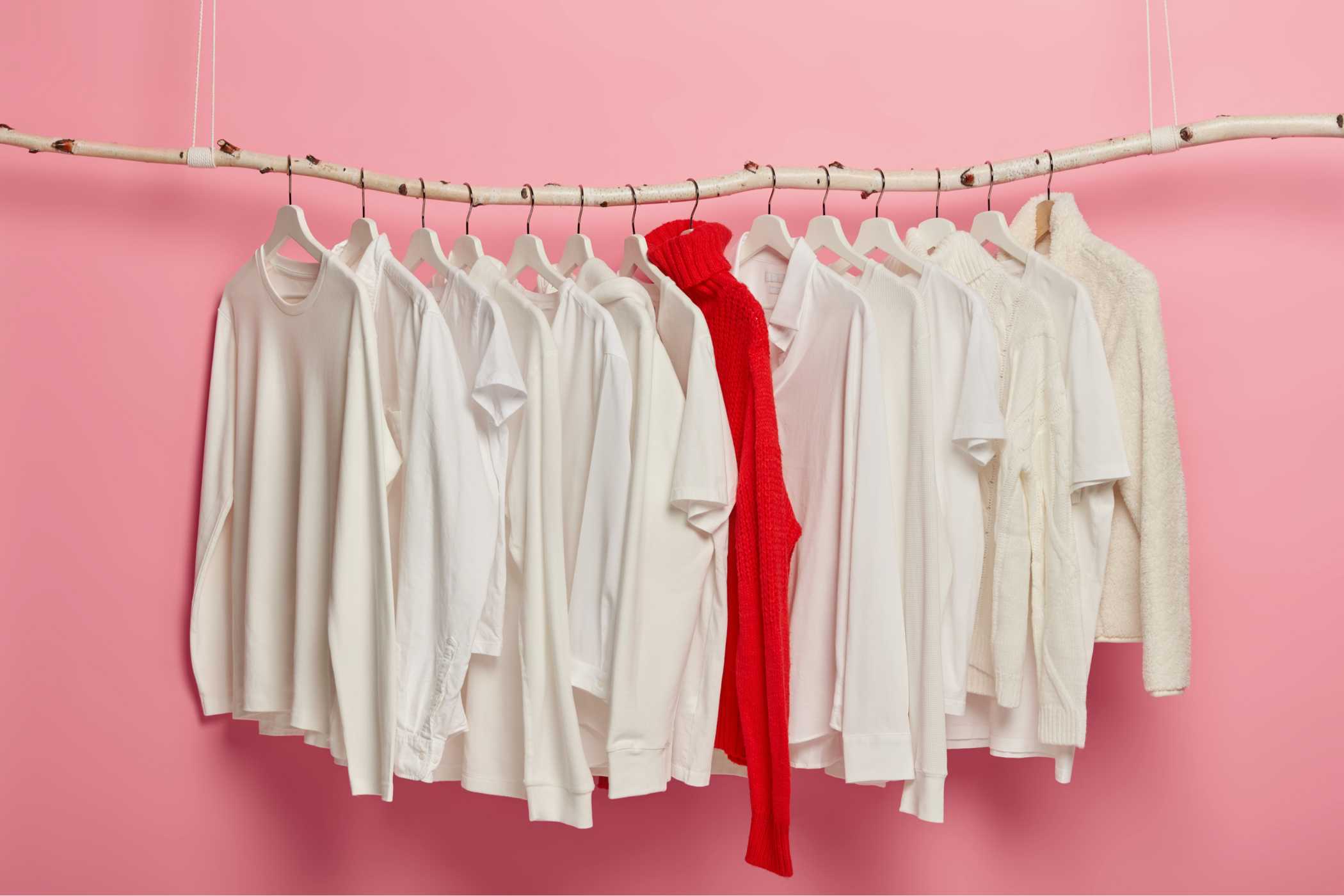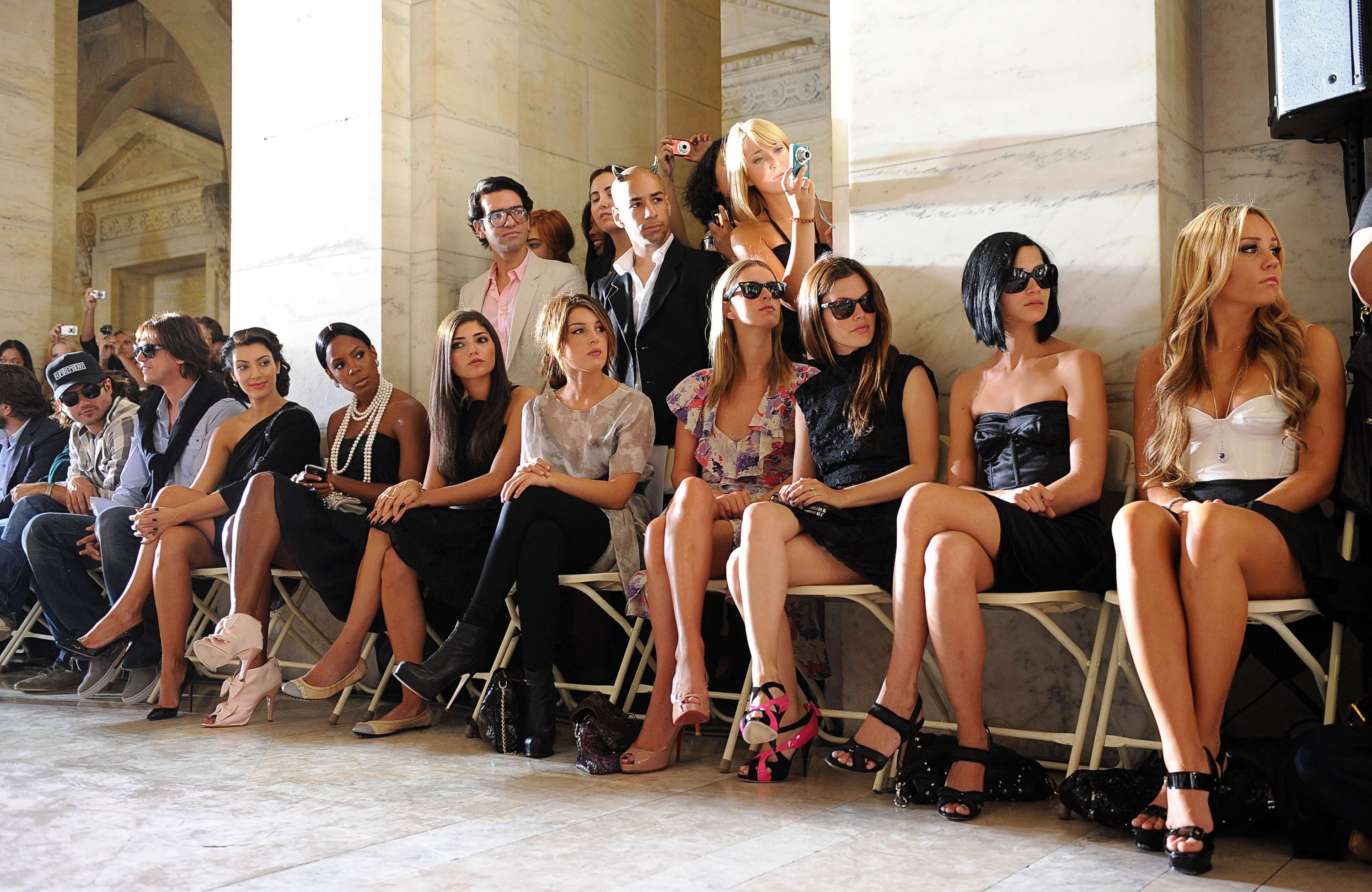A Guide on Fashion Forecasting, and How Brands Forecast Trends and New Styles

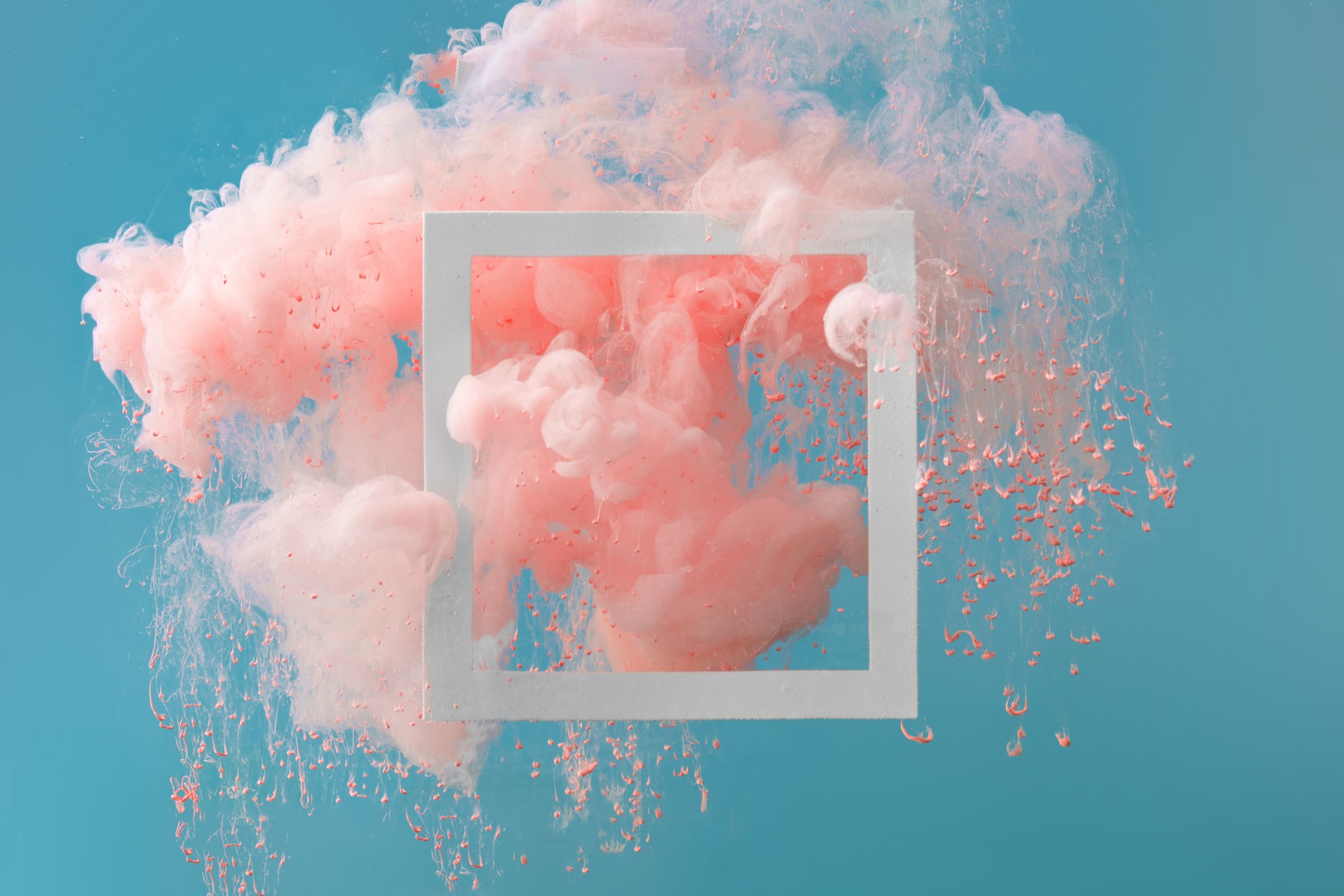

Everyone likes to buy trendy and in-fashion clothes to try new outfits and look dapper. Brands launch their new season collection, and then everyone wants it because it is in trend. But from where does this fashion come from, and how do brands forecast the latest trends?
This blog will dive into the fashion forecasting techniques and how brands forecast trends and new styles. It will provide valuable information for someone who works in the fashion industry or owns a fashion brand.
What are fashion trends?
Fashion trends are popular styles, including the patterns, designs, and colors of clothing and accessories with a huge demand in a particular time. One can divide these fashion trends into two major parts: micro and macro trends.
The micro trends are short-term trends that last for a few months or years; they mainly influence the younger generation. One can consider trends like side strap jeans, long belts, chunky sneakers, etc., as micro trends as these styles boom in the fashion world for the short term but with massive demand. One micro trend goes, and the other comes in the fashion market with tremendous potential for brands.
On the other hand, macro trends are long-term fashion styles influenced more by lifestyle and demographics. These fashion trends tend to be associated with different decades as they stay longer in the fashion industry. Trends like bell-bottom pants, ripped jeans, and basic t-shirts are perfect examples of macro trends. Such trends bring a significant shift in consumer behavior with a long-term impact on the fashion industry.
Trend forecasting in fashion
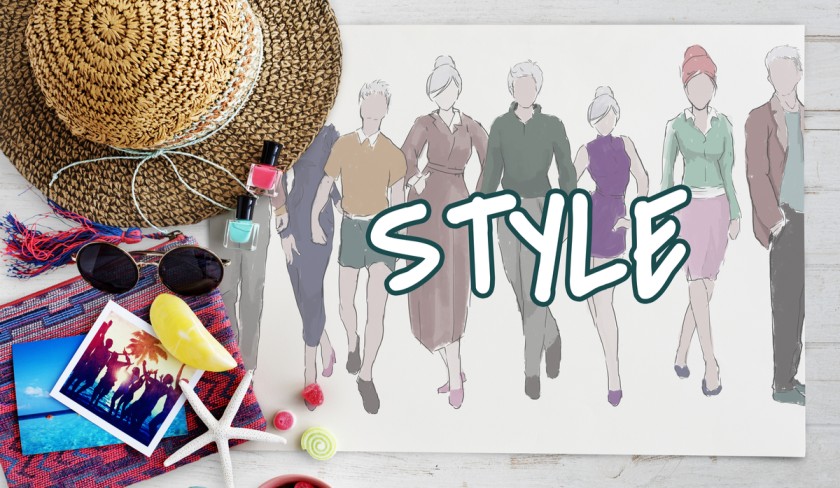
Trend forecasting is a creative field that predicts future trends and styles based on multiple factors. Based on the previous sales data and changes in consumer buying behavior, fashion experts predict trendy styles and outfits with different designs, colors, and patterns.
By analyzing and exploring the previous data, trend forecasters help fashion brands to know the potential trend with huge demand. Nowadays, social media is an excellent platform for researching fashion trends and understanding the various styles consumers of different age groups prefer. According to the fashion forecast done by the experts, brands launch their new collections to compete and grow in the market.
Trend forecasting is also beneficial for brands to stop manufacturing clothes and accessories that are not in the present trend or with low demand. Trend forecasting helps fashion businesses prevent losses due to outdated stocks and be relevant in the market with new trendy collections.
What is long-term forecasting?
Long-term forecasting refers to the macro trends and styles that stay for more than two years or decades. In such forecasting, experts scan various sources of information by following specific demographics and consumer lifestyles.
The forecasting team analyzes the crucial changes in the global fashion industry and domestic market in long-term forecasting. The forecasters help the development team create products with great demand potential by studying the market structures, consumer expectations, prices, and drive to purchase.
What is short-term forecasting?
Short-term forecasting is all about the micro-trends that change more frequently in the fashion industry. In short-term fashion forecasting, the experts identify the seasonal change in the style and trend influenced by pop culture, sports, art, etc.
Short-term forecasting may seem easy, but it is as critical as long-term forecasting to attract more consumers and compete in the market. The development team benefits from the short-term forecast to make their brand ahead of the competition by launching trendy and attractive products.
5 ways fashion brands forecast trends
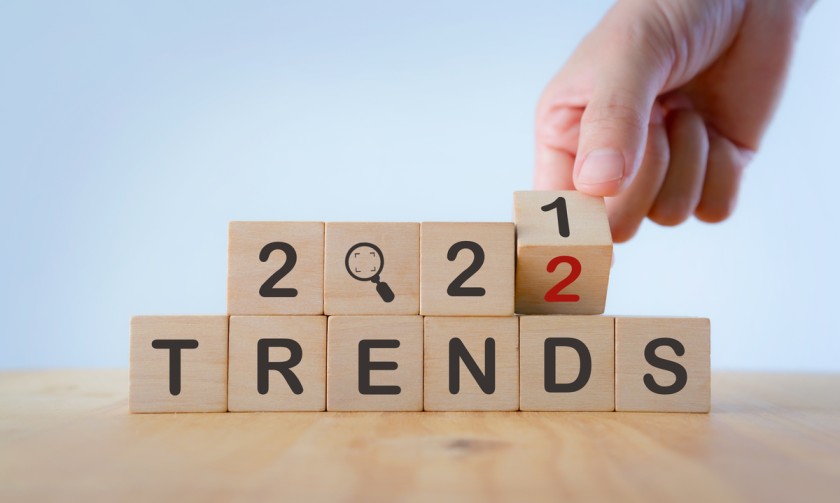
Fashion forecasting is a creative and vital process done in multiple ways to help the brand and fashion market. With different approaches, experts give their critical contribution that eventually becomes fashion goals of trend lovers. Forecasting a new fashion trend, whether macro or micro, has become easier for fashion experts in this digital world.
From the internet to the streets, forecasters evaluate different modes to develop the next fashion trend. The forecasting process for several brands, including women’s wear, kids’ wear, men’s wear, etc., is done differently according to the taste and likability of the target audience.
Here are 5 effective ways fashion experts choose to forecast style and trends.
1. The in-house trend forecasting team
Most fashion brands prefer to have an in-house trend forecasting team that works with the development team to create a product with huge market demand. The in-house fashion forecast team researches the target or niche market and comes up with the best idea for the particular brand.
Having an in-house forecasting team can work on the upcoming season collection and focus on one project at a time. According to the target audience and niche of the brand, in-house forecasting experts can work and ask to change the product’s design, color, patterns, or fabric.
2. A trend forecasting agency
Hiring a trend forecasting agency is another effective way to know the relevant styles and trends in the fashion world. Brands work with experienced fashion forecasters in a forecasting agency and mention detailed instructions regarding their target audience, demographics, prices, and more.
With a professional forecasting agency service, fashion brands learn the upcoming trends and consumer behaviors to manufacture products with the potential demand in the market. According to the business or budget scale, brands hire experts that can be the backbone of the development process and make their businesses grow.
Brands also hire a different forecasting agency or freelance fashion experts with special expertise in particular wear or accessories. Hiring such experts benefits the brands with their experience and background in the niche market.
3. Going to fashion shows
Going to fashion shows is a popular way to forecast the trending styles and fashion. A fashion show is an event where models wear modern and impressive outfits designed by fashion experts of the industry. At fashion shows, the forecasters get the opportunity to know the global or domestic trends and increase their fashion knowledge.
At fashion shows, multiple industry-leading brands reveal their upcoming collections, which is one of the most effective ways to market research for fashion forecasters. At such events, forecasters also meet like-minded people and discuss the style and trend most likely to be in demand.
Checking model photos with outfits designed by fashion designers is a fabulous alternative to going to fashion shows. Forecasters learn from fashion magazines about the latest outfits and accessories designed by some celebrity designers and well-known experts.
As models and celebrities wearing the latest apparel impact the fashion industry, brands massively benefit from fashion shows and magazines.
4. Following fashion influencers
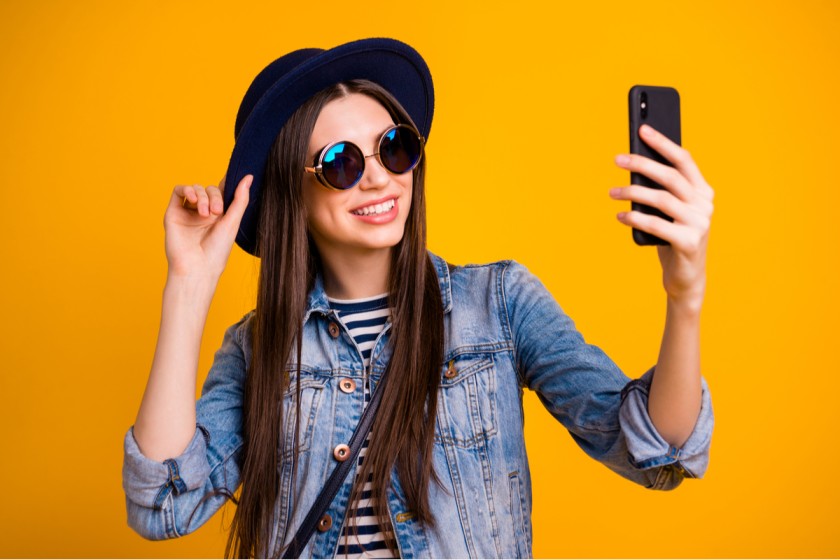
Modern problems need modern solutions. Social media is the perfect place for fashion brands to forecast the latest trends and styles with the high engagement of their target audience. Brands can follow famous fashion influencers with a niche audience base and excellent online reach on social media.
From street style to ethnic wear and formal look, fashion influencers post about fashion frequently on social media platforms. Following such fashion influencers keeps brands updated about the latest trends in which people are interested. Content on a fashion influencer’s social media feed provides practical information with the audience’s number of engagement and comments.
As fashion influencers also promote several brands on social media, it makes the forecasting easier for the experts to analyze the trend and do market research. Forecasters predict the demand and potential of a particular trend or style by assessing the fashion post on social media. Furthermore, brands also interact and take the professional help of influencers to have a complete idea of upcoming trends and fashion in the industry.
5. Inspiration from other industries
Other industries or fields such as art, film, sports, etc., often inspire or influence the fashion industry. Fashion forecasters creatively explore different areas and sources to come up with something unique and fashionable.
Hip-hop culture also creates a significant impact on the fashion industry, primarily through creative artists such as rappers, dancers, musicians, etc. Forecasters adapt the fashion change in such cultures to develop a trendy product for a particular audience and market.
Wrapping up
Fashion forecasting is an essential strategy for brands to improve their business growth and provide trendy products to fashion lovers.
After knowing the trend and style with high demand, brands should view manufacturing as the next big step in the development process and complete it with the utmost importance. To avoid the complications of the manufacturing process, brands switch to B2B manufacturing platforms where they find a trusted manufacturer and a professional service.
Fashinza is one such reputed and famous B2B apparel manufacturing platform that connects brands with industry-leading manufacturers. Fashinza overlooks the entire process from design to delivery and makes the collection manufacturing process convenient for brands.
So get in touch with Fashinza to manufacture apparel that is in trend!
















